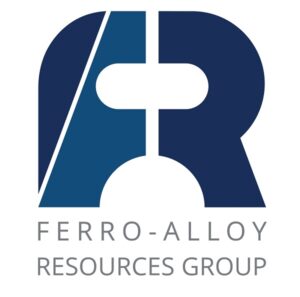Latest trends in the supply chain for energy storage manufacturers focus on building domestic networks and experimenting with new materials, aiming to shape the future of clean energy. At the recent U.N. Climate Summit, nearly 200 countries signed a pact to shift from fossil fuel production towards clean energy sources. This global commitment raises a critical question—can the energy sector meet the rising demand for renewable energy?
Energy storage manufacturers are responding by relying on existing supply chains while also exploring new materials. A significant trend this year has been the strengthening and expansion of domestic battery recycling efforts. Lead recycling, in particular, has been a success, with nearly 100% of lead batteries in the U.S. being recycled. A new lead battery often consists of over 80% recycled materials. However, some lead batteries are still sent outside North America for processing, which creates unnecessary costs and concerns about how the materials are handled abroad. U.S. manufacturers and recyclers adhere to stringent safety and environmental standards that not only protect workers but also the environment.
Supporting this recycling process is vital as it ensures the availability of essential batteries for the economy, contributing nearly $33 billion and over 120,000 jobs in the U.S. alone. For 2024, policymakers are urged to keep the lead battery industry competitive on a global scale. On the other hand, recycling and extracting minerals for lithium batteries remains a challenge. With most lithium batteries being produced overseas, the U.S. faces potential supply chain disruptions. As electric vehicle batteries begin to reach the end of their life cycle, lithium recyclers are tasked with building domestic facilities to manage these waste streams and meet domestic demand.
Another significant development in energy storage involves the push towards creating a supply chain for flow batteries. Vanadium redox flow batteries (VRFB) are particularly promising for long-duration energy storage, offering a near-infinite lifecycle with proper maintenance. Their electrolyte can last for decades and is recyclable, making them a sustainable solution for energy needs. Drawing on the success of lead battery recycling, the U.S. has the opportunity to build up its vanadium electrolyte production, laying the groundwork for a sustainable VRFB supply chain.
Efforts to source raw vanadium materials have focused on increasing output from friendly nations such as South America and Australia. As VRFB demand grows, new electrolyte manufacturing facilities are expected to open in the U.S., centralising production and reducing shipping costs. Additionally, 2024 may see new plants for manufacturing storage system components such as microchips, power electronics, and battery assemblies, further strengthening domestic production capabilities.
Collaboration plays a crucial role in advancing the clean energy transition. Recent legislative actions like the Chips and Science Act, the Inflation Reduction Act, and the Infrastructure Investment and Jobs Act have made investments in clean energy storage more attractive. Battery manufacturers need to engage with these programmes to capitalise on incentives that support the development of domestic supply chains and industries. Beyond policy, collaboration among manufacturers and suppliers will be essential. The COVID-19 pandemic revealed the importance of securing shorter supply chains and building relationships with domestic suppliers, which can reduce lead times and minimise disruptions.
As we move into 2024, the energy storage industry must continue refining and building its infrastructure. For lead batteries, the focus should be on improving recycling efforts to retain more of these resources domestically. Lithium recyclers, meanwhile, must demonstrate that their operations can scale to meet future demand. And for vanadium, the challenge will be moving from testing to full-scale production. Collaboration across the industry, from manufacturers to policymakers, will be key to achieving a clean, sustainable energy future.
The future of clean energy depends heavily on the successful development of domestic supply chains, ongoing innovation in materials, and strategic partnerships across the industry. Energy storage manufacturers are already laying the foundation for this future, with 2024 poised to be a pivotal year in moving towards a more sustainable and resilient energy landscape.
Ferro-Alloy Resources Ltd (LON:FAR) is developing the giant Balasausqandiq vanadium deposit in Kyzylordinskaya oblast of southern Kazakhstan. The ore at this deposit is unlike that of nearly all other primary vanadium deposits and is capable of being treated by a much lower cost process.


